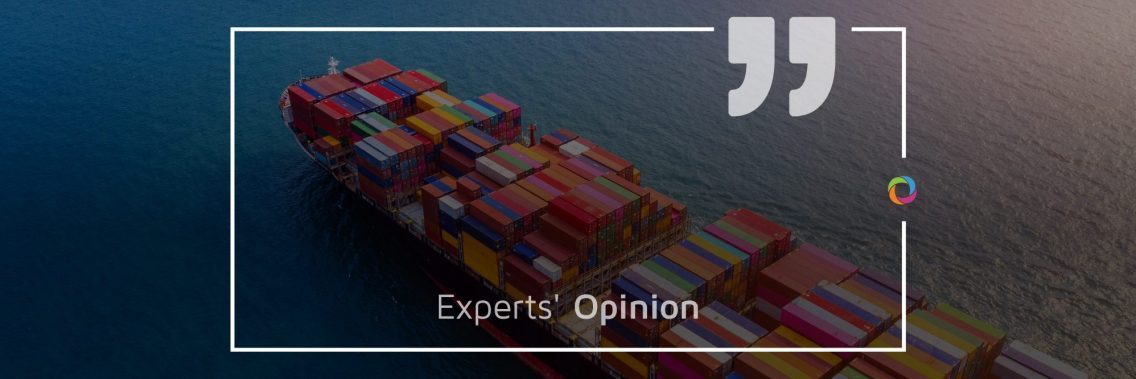Commodity prices have continually increased since the end of 2020 as COVID-related lockdowns influence the global logistic chain. Metal prices in Europe and the US are continuing to rise as a global shortage of containers and high freight rates along with seaborne and inland bottlenecks have caused worsening delays in Chinese shipments. We asked the opinions of several experts if a shipping crisis could derail the economic recovery from COVID-19. Check out their answers below.
Could a shipping crisis derail the economic recovery from COVID-19? Discuss your position.

“The “shipping crisis” could delay but not derail the economic recovery from COVID-19! COVID-19 has significantly affected the balance of world maritime trade but even in this complex economic era the Mediterranean, for example, remains the protagonist of trade. In fact, the uncertainty in the operations of many global value chains due to the pandemic will bring some supply chains back to reduce the risks of stock breakdowns and supply difficulties, accelerating “near-shoring” to neighboring countries. From a Euro-Mediterranean point of view, the challenge is to use the Recovery Fund to fill a 50-year infrastructure gap – including the digital aspect – and thus increase the competitiveness of the manufacturing industry. To seize this opportunity, companies must adapt to the change in purchasing and consumption habits and logistics must organize and develop efficiently and respond effectively to the needs of companies. Moreover, we must also take into serious account that – from a different perspective – the regionalization of global value chains could create a problem for emerging countries that would suffer a slowing down of their development processes. For this reason, COVID-19 can serve as an opportunity towards reinforcing regional resilience.”

“Consolidation and gigantism have characterized the shipping industry in recent years. The four biggest carriers moved 20% of the world’s container market in 2000 and 60% in 2020. Ultra-large container ships take infrastructure to its limits. Ever Given’s beam is 58.8 m while the navigable channel where it got stuck is 120m. With so little leeway, any minor error or external factor (e.g., wind) can create substantial disruptions. The world’s shipping routes move through many chokepoints (Malacca, Hormuz, Babb-el-Mandeb, etc). Panama’s channel operations rely on freshwater from Lake Gatun on the Isthmus highlands and thus on the regularity of rains. In February 2019 some restrictions were imposed because of drought. Consolidation and gigantism amplify the effects of incidents anywhere and the rippling effects can be worse in developing countries. Typically, they are net importers but their economies depend on hard cash from some export commodities. The scarcity of shipping containers and high freight rates mean higher import and export costs and cargoes waiting for empty containers for weeks mean that commodities may be damaged, lose value, or miss contract deadlines.”

“Yes, the recent factors and also the COVID situation have eroded the competitive cost of production and imports from China. It has revealed the weakness of the logistics chains and the absurd dependence on offshore productions. When talking about sustainability in maritime transport, the focus is on cold ironing, slow steaming, scrubbers, or ships powered by gas but we continue with the same model of offshore production and we are not committed to reducing the impact of the best possible way and that is through near-shoring. Near-shoring, the practice of transferring a business operation to a nearby country, isn’t just about cutting costs – it’s also about establishing more efficiency in processes, expediting development cycles, or customizing a service with specialized expertise. When organizations embrace near-shoring as a piece of strategy, they are much more willing to adapt existing structures to maximize this model, as opposed to trying to wedge it in as just a cost-saver. It is necessary to press the reset button on procurement and supply chain activities. Many businesses have realized that supply chain agility and resilience will be key to competitive advantage and survival in the new business environment. As previously mentioned, the near-shoring of supply chain activities is being considered as a better approach.”
Check out more than 50 job opportunities related to shipping here.

